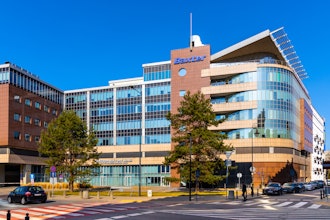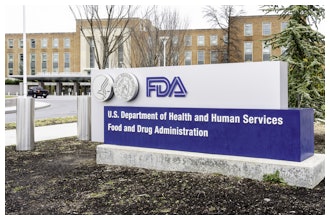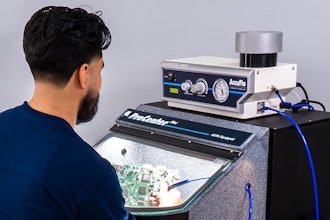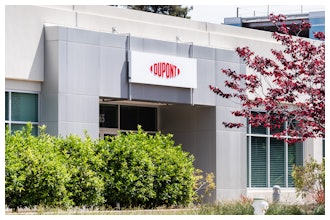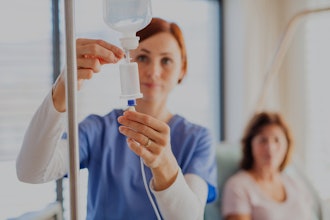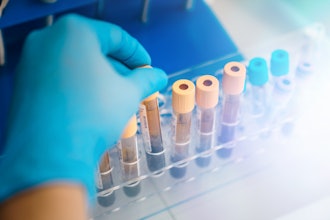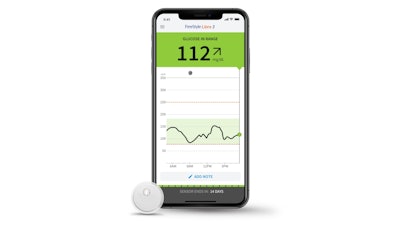
Abbott last week announced new data from two real-world studies1, 2 showing people with Type 2 diabetes using GLP-1 medicines and FreeStyle Libre technology together had greater improvement in their HbA1c when compared to those treated with GLP-1 medicines only. HbA1c is a measurement of a person's average blood glucose level over three months.
The findings were presented at the 17th International Conference on Advanced Technologies & Treatments for Diabetes (ATTD) held in Florence, Italy, on March 6, 2024.
GLP-1 medicines, also known as glucagon-like peptide-1 receptor agonist (GLP-1 RA), are increasingly being prescribed for people with Type 2 diabetes as they provide glycemic benefit and support weight loss. When blood sugar levels start to rise after someone eats, these drugs stimulate the body to release more insulin, which helps to lower blood sugar levels. They also reduce appetite leading to less food intake and weight loss. Studies show that reaching and maintaining a healthy body weight can make diabetes more manageable.3
The two real-world studies presented at ATTD found:
- People with Type 2 diabetes and an HbA1C ≥8% while using GLP-1 medicines saw a significant improvement in their HbA1C (-1.5%), six months after adding FreeStyle Libre technology to their treatment. Results in this first study were irrespective of GLP-1 duration, GLP-1 type or insulin therapy type1
- People had a greater reduction in HbA1c when using GLP-1 and FreeStyle Libre technology together (-2.4%), compared to using GLP-1 alone (-1.7%). The second study analyzed data from a cohort of people on GLP-1 only and those on GLP-1 & FreeStyle Libre systems therapies2
"GLP-1 medicines can be very effective in lowering HbA1C for people with Type 2 diabetes who require intensified treatment," said Dr. Eden Miller, diabetologist and obesity medicine fellow at Diabetes and Obesity Care in Bend, Oregon. "While treating my patients, I've observed that when we've added a CGM, like the FreeStyle Libre technology, to their GLP-1 therapy, we see even better glycemic control. To maximize the benefits of GLP-1 medicines, it's worth considering the combination of a CGM to support people who live with Type 2 diabetes."
Uncontrolled Type 2 diabetes can lead to serious complications affecting the heart, blood vessels, eyes, kidneys and nervous system.4 Technology, such as the FreeStyle Libre systems, enables people to see real-time changes in glucose levels that can help them stick to the right therapy and lifestyle.
The FreeStyle Libre continuous glucose monitoring (CGM) systems include a sensor, which is applied to the back of the upper arm for up to 15 days, paired with a reader or compatible smartphone app that displays glucose readings. The Freestyle Libre technology is the most widely used CGM system worldwide, according to Abbott, helping more than 5.5 million people living across more than 60 countries easily monitor their glucose levels.
The first real-world study, entitled, "FreeStyle Libre improves HbA1c in people receiving GLP-1 therapy for type 2 diabetes," used Optum's de-identified Market Clarity Data, a linked electronic health records (EHR)-claims database and included US adults with Type 2 diabetes and elevated HbA1c (≥8%) with their first FreeStyle Libre acquisition between 2018 and 2022. Patients were required to be on GLP-1 before initiating FreeStyle Libre, with at least one GLP-1 prescription within 180 days of FreeStyle Libre. GLP-1 initiation was defined as the earliest GLP-1 prescription from 2017 onwards. Paired changes in HbA1c were assessed at six months after initial FreeStyle Libre acquisition. The study cohort included 1,781 adults with Type 2 diabetes (age 55±10 years, 52% male, 38% with bolus insulin therapy, mean 499 days from GLP-1 initiation to FreeStyle Libre, and a baseline HbA1c of 9.8±1.5%).
The second real-world study, entitled, "Initiating GLP-1 therapy in combination with FreeStyle Libre provides greater benefit compared to GLP-1 therapy alone," also used Optum's de-identified Market Clarity Data, and included US adults with Type 2 diabetes and HbA1c ≥8% who acquired their first GLP-1 between 2018 and 2022. The GLP-1 and FreeStyle Libre group subjects acquired their first FreeStyle Libre sensor within ±30 days of their first GLP-1 acquisition.
Cohorts were matched on baseline insulin therapy, age, sex, baseline HbA1c and GLP-1 type. Paired change in HbA1c was compared between matched groups at six months. The study included 24,246 adults in the GLP-1 only group (age 58±12 years, 51% male) and 478 adults in the GLP-1 and FreeStyle Libre group (age 54±11 years, 58% male).
1. Miller E et al. FreeStyle Libre improves HbA1c in people receiving GLP-1 therapy for type 2 diabetes. Presented at ATTD 2024.
2. Wright E et al. Initiating GLP-1 therapy in combination with FreeStyle Libre provides greater benefit compared to GLP-1 therapy alone. Presented at ATTD 2024.
3. https://www.cdc.gov/diabetes/managing/healthy-weight.html
4. Denicolò S, Perco P, Thöni S, Mayer G. Non-adherence to antidiabetic and cardiovascular drugs in type 2 diabetes mellitus and its association with renal and cardiovascular outcomes: A narrative review. J Diabetes Complicat 2021;35:107931. https://doi.org/10.1016/j.jdiacomp.2021.107931









